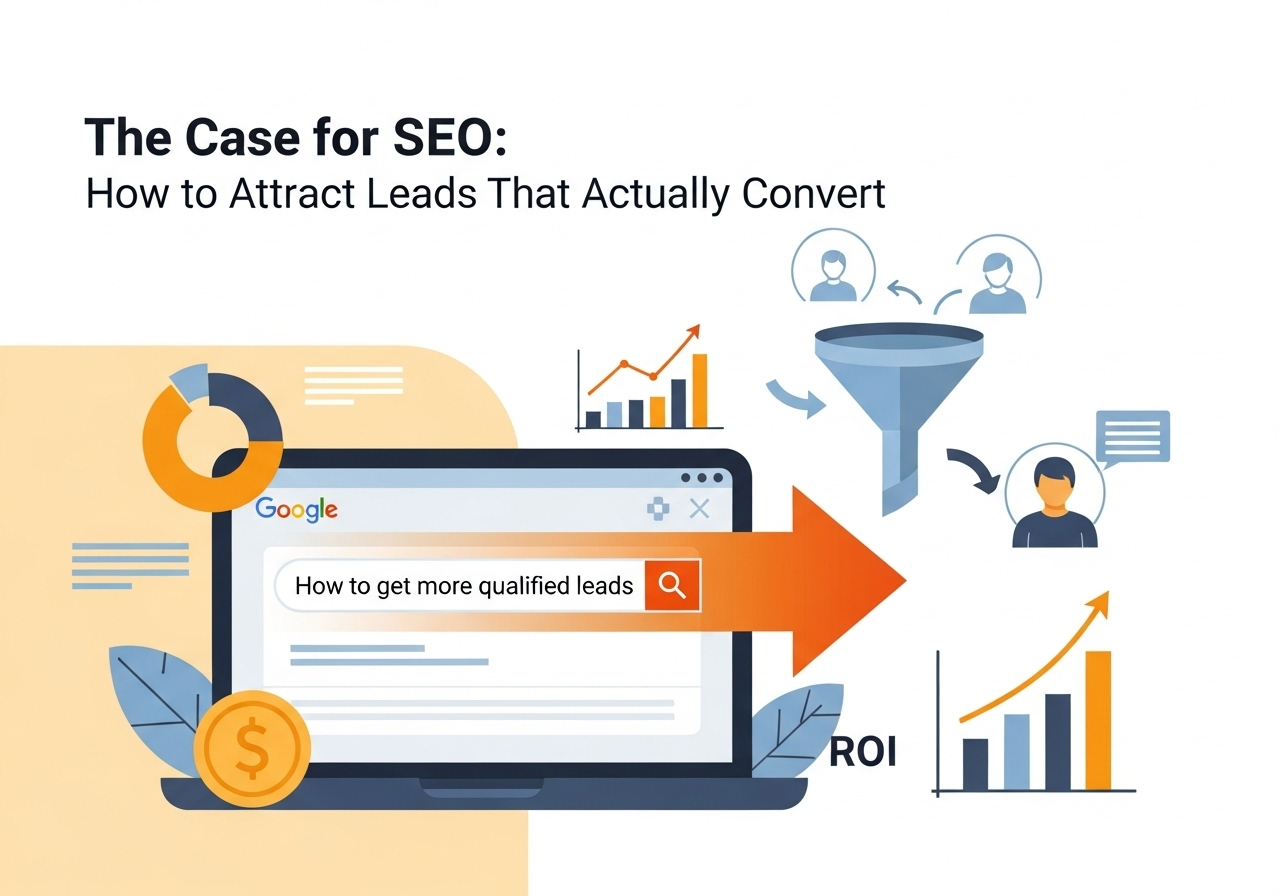In the current digital era, it is imperative for small businesses to have a strong online presence. You might find social media marketing intimidating if you’re a busy business owner with little tech experience. However, you can greatly increase your brand’s visibility and customer engagement by learning the fundamentals of social media strategy. Even if you’re just starting out, this guide will take you through the essential steps to create and expand your online presence. You’ll acquire the self-assurance to use a variety of platforms, produce engaging content, and successfully engage with your target audience by heeding these practical suggestions. Prepare to realise social media’s full potential for your company’s success. 🚀 The Value of Establishing a Strong Internet Presence 🌍 Connecting with a Worldwide Audience Having a strong online presence has become crucial in the current digital era. With more than 2.1 billion distinct online shoppers, the internet offers a never-before-seen chance to connect with a worldwide audience. This offers entrepreneurs and small business owners the chance to grow their clientele well beyond regional borders. 🤝 Developing Credibility and Trust Gaining the trust of potential clients is facilitated by a well-designed web presence. 85% of consumers, according to research, look up products online before making a purchase. You can build credibility in your field by producing high-quality content, demonstrating your knowledge, and upholding a polished online persona. 💬 Enhancing Customer Service Businesses are able to deliver exceptional customer service when they have a strong online presence. It makes it possible to respond to consumer questions, comments, and issues promptly. In addition to increasing customer satisfaction, this responsiveness aids in creating enduring bonds with your audience. 📱 Choosing the Right Social Media Platforms for Your Business 🎯 Align Platforms with Your Goals Before diving in, define clear objectives for your social media strategy. Are you aiming to increase brand awareness, generate leads, or provide customer support? The platform you choose will depend on your objectives. 👥 Recognise Your Audience Examine the websites where your target audience is most active. To find out which platforms appeal to your target audience, survey customers, use website analytics, and research industry standards. 💡 Think About the Platform’s Advantages Every social network has distinct features: Facebook: With more than 3.65 billion monthly active users, it’s the perfect platform for fostering connections and highlighting the human side of your business. Instagram: Ideal for reaching younger audiences and producing visual content. LinkedIn: Great for exchanging industry insights and B2B networking. 🌱 Begin small and grow Instead of overstretching yourself across several platforms, concentrate on becoming an expert in one or two important channels. You can strategically increase your presence as you develop. ✨ Creating Engaging Social Media Content 🧠 Understand Your Goals and Audience Understanding your target audience and establishing specific objectives are essential before producing any social media content. To understand the interests, problems, and behaviours of your audience, conduct research on their persona. Having this knowledge will enable you to effectively customise your content. 🎞️ Select the Proper Format and Platform The audience preferences of various social media platforms vary. Choose the platform and content format that best suit the tastes of your audience. For instance, longer-form posts might work better on LinkedIn, but visual content like photos and infographics might do better on Instagram. 📝 Craft Engaging Messages Make attention-grabbing headlines or captions that address the issues of the audience. Try to keep it to 10–20 words and use strategies like: Asking questions ❓ Utilising numbers 🔢 Guaranteeing a benefit ✅ Incorporate explicit calls-to-action to promote interaction and use appropriate emojis sparingly to add personality. Remember to keep your tone and style consistent with your brand identity. 📊 Enhance and Examine Make use of analytics to improve your approach to social media content. Regularly examine post performance metrics such as engagement, clicks, and subscriber growth. Use this information to revise your content strategy and enhance your social media presence over time. 💰 Using Paid Advertising on Social Media and Comprehending Paid Social Media Advertising Businesses pay to use targeted advertisements on social media platforms to promote their goods and services. This is known as paid social media advertising. This tactic has the potential to greatly raise sales, traffic, and brand awareness. 📌 Selecting Appropriate Platforms Every social media platform has different audience demographics and features. TikTok, LinkedIn, Twitter/X, Pinterest, and Meta (Facebook, Instagram) are popular choices. When choosing platforms, take your target audience and business objectives into account. 🛠️ Developing Successful Advertising Campaigns To get the most out of your sponsored social media efforts: ✅ Establish quantifiable, explicit campaign goals. 👥 Determine and comprehend who your target audience is. 🎯 Create captivating advertisements with compelling calls to action. 🎯 Make use of options for precise targeting 🧪 Use A/B testing to maximise efficiency. To boost engagement, don’t forget to use top-notch images, customise the ad copy, and relate to popular subjects. Keep a careful eye on your campaigns and be ready to modify your plan in response to performance indicators. 📈 Assessing ROI and Success Monitor key performance indicators (KPIs) like: Return on ad spend (ROAS) 💸 Cost per action (CPA) 🧾 Cost per click (CPC) 🖱️ You can evaluate the success of your campaigns and maximise your advertising budget with the aid of these metrics. 📊 Assessing and Improving Your Social Media Approach 🎯 Establish Specific Objectives and Monitor Valuable Metrics Setting SMART (Specific, Measurable, Attainable, Relevant, Time-bound) social media marketing goals that complement your overarching business objectives is essential. Pay attention to metrics like: Engagement and reach 📢 Conversion rates and lead generation 🔁 Referrals to websites 🌐 Growth of followers 📈 🔍 Evaluate Performance and Make Adjustments Examine your social media performance on a regular basis to determine what is effective and what requires development. Utilise this information to: 🧪 Try out novel strategies and kinds of content. 🗓️ Make the most of your posting schedule. 🎯 Improve the targeting of your audience. Remain adaptable and modify your plan
The Case for SEO: How to Attract Leads That Actually Convert
Let’s be real—marketing can feel like shouting into the void sometimes. You pour time and money into ads, social media, cold emails… and get crickets. Or worse, the wrong kind of clicks. You know the ones: folks just browsing, never buying. Frustrating, right? But here’s the thing—there’s a smarter (and way less exhausting) way to bring people to your business. It’s not flashy. It’s not new. But it works. It’s called SEO. Wait, SEO? Isn’t That Just Keywords and Google Tricks? Not quite. SEO—Search Engine Optimization—isn’t just about sprinkling keywords like fairy dust. It’s about showing up when your future customer is looking for exactly what you offer. Not interrupting them with ads. Not chasing them down with popups. Just… being there when they need you. Think of it like this: imagine you run a small bakery. Paid ads are like handing out flyers on the street. SEO? It’s like having someone walk through your door saying, “I was searching for fresh sourdough near me and found you.” Which one’s more likely to buy? The Numbers Speak for Themselves (And They’re Pretty Loud) Let’s look at a few quick facts: Leads that come through SEO close at 14.6%. Outbound leads? Just 1.7%. The top result on Google? It grabs a whopping 19.3% of all clicks. SEO, over time, beats paid ads in return on investment—by a lot. So yeah, SEO isn’t just some nerdy side project. It’s your business magnet—quietly working in the background, pulling in people who are already halfway convinced. But Is SEO Still Relevant in 2025? (Short Answer: Yep.) With AI exploding faster than we can keep track—ChatGPT, Google Gemini, AI-written everything—you might wonder: is SEO still worth it? Absolutely. But it’s changing. AI now plays a role in how search engines understand content. Google’s Search Generative Experience (SGE) is reshaping how search results appear. Instead of just links, you’re seeing AI summaries, quick answers, and “people also ask” boxes up top. That means your content needs to answer real questions—clearly, naturally, and with authority. No fluff. No keyword stuffing. Just helpful, honest info that sounds like a human wrote it. (Because, well, you did.) So How Do You Get These Magical SEO Leads? Here’s the good news: small changes make a big difference. You don’t need a team of tech wizards. You just need a few key pieces to fall into place: 1. Start With What People Are Actually Searching Use tools like Google Search Console, AnswerThePublic, or Keywords Everywhere to see what people type into search bars. Don’t guess—get the real data. 2. Write for People, Not Robots Forget jargon. Forget stuffing “best affordable plumber near me” 20 times into one page. Just answer the reader’s questions. Be clear. Be helpful. Be human. 3. Make Your Website Easy to Use If your website loads slowly or looks weird on a phone, Google notices—and so do your visitors. Speed, mobile-friendliness, and clean design all help you rank higher… and keep folks around longer. 4. Build Authority Over Time Create helpful blog posts. Link to trusted sources. Get mentioned by others. Over time, Google starts seeing you as a reliable voice—and rewards you with more traffic. But Doesn’t SEO Take Forever? It’s true—SEO isn’t instant. It’s kind of like planting a garden. Paid ads are more like renting a food truck: fast, flashy, and gone as soon as you stop paying. SEO takes a little time to grow—but when it does, it keeps working. Even while you sleep. Even when your ad budget runs dry. Even when AI starts answering more questions… your content can still show up. And that’s the beauty of it. Real Talk: Is It Worth It for Small Businesses? In one word? Yes. If you’re a small business owner, SEO gives you a fighting chance against the big guys. You don’t need a massive budget. You just need to show up when it counts—when someone’s searching with intent. Because when someone Googles “emergency dentist near me” or “best dog groomer in Austin,” they’re not just browsing. They’re ready to act. And if you’re in that top spot? You’re not just getting a click. You’re getting a customer. Final Thought: It’s Not About Traffic—It’s About Trust Sure, SEO brings in traffic. But more than that? It builds trust. When people find you through search, read your stuff, and feel like you get them—that’s when loyalty starts. That’s when you stop selling and start serving. And honestly, that’s when business gets a whole lot more fun. Want to show up when it matters most? Start with SEO. The smart leads—the ones ready to convert—are already looking. You just need to be there when they do.


